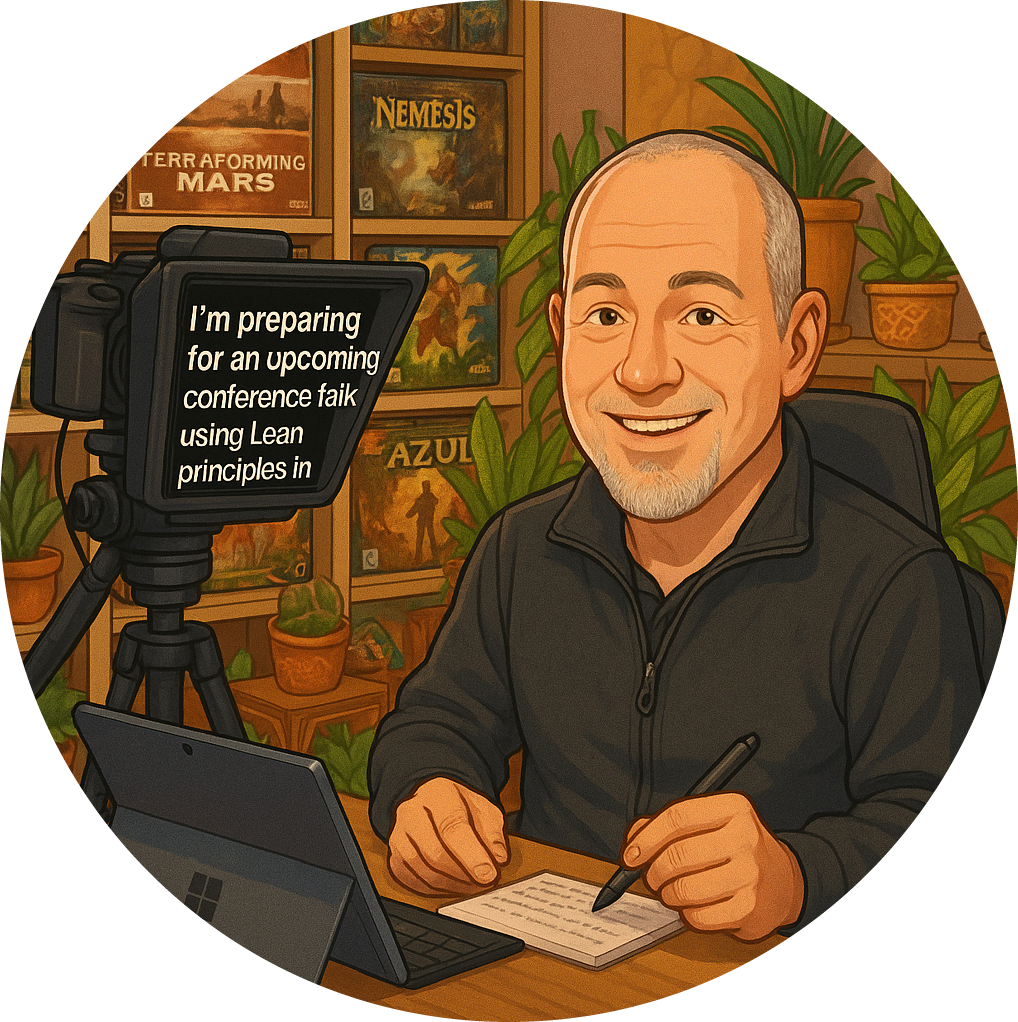As I reflect on my journey in software development , one truth stands out: adapting to changing demands is not just a necessity; it’s a fundamental part of our craft. When we shift the expectations we place on our products, we must also be prepared to evolve the architecture that underpins them. This is a lesson I’ve learned time and again, and it’s one I want to share with you today.
The Importance of Architectural Adaptation
When we talk about changing demands, we’re not merely discussing the addition of new features. Instead, we’re delving into the very framework that supports our products. Here’s what I’ve discovered through my experiences:
Invest in Your Teams: It’s crucial to allocate time and resources for your teams to adapt to these new demands. This isn’t just about immediate results; it’s about fostering an environment where teams can incrementally work towards long-term outcomes.
Incremental Changes Matter: Rather than attempting to overhaul everything at once, focus on enabling your teams to make small, manageable changes. This approach not only reduces risk but also allows for continuous improvement .
A Case Study: The Azure DevOps Team
Let me share a real-world example that illustrates this point. The Azure DevOps team faced significant architectural challenges within their test infrastructure. Their goal? To reduce their time to market . However, the journey was far from quick.
Four Years of Transformation: It took them four years to completely clear off the old test infrastructure. This timeframe may seem daunting, but it highlights a critical aspect of software development: we’re often dealing with long-term products that require sustained effort and commitment.
Long-Term Vision: The key takeaway here is that we must embrace a long-term vision. In a world that often prioritises speed, it’s easy to overlook the foundational work that enables future success.
Embracing Change for Future Success
As we navigate the complexities of software development, it’s essential to remember that change is not just inevitable; it’s an opportunity. Here are a few strategies I recommend for embracing this mindset:
Foster a Culture of Adaptability: Encourage your teams to be open to change. This means creating an environment where experimentation is welcomed, and learning from failures is part of the process.
Prioritise Architectural Health: Regularly assess your product’s architecture. Are there areas that need refactoring? Are there outdated components that could be hindering your progress? Addressing these issues proactively can save time and resources in the long run.
Communicate the Vision: Ensure that everyone on your team understands the long-term goals. When everyone is aligned, it becomes easier to navigate the challenges that come with architectural changes.
Conclusion
In conclusion, the journey of adapting our products to meet changing demands is a marathon, not a sprint. By investing in our teams, embracing incremental changes, and maintaining a long-term vision, we can create robust architectures that support our evolving needs.
Remember, the path to success in software development is paved with patience, persistence, and a willingness to adapt. Let’s commit to this journey together, and I look forward to hearing about your experiences as you navigate these challenges in your own projects.




























